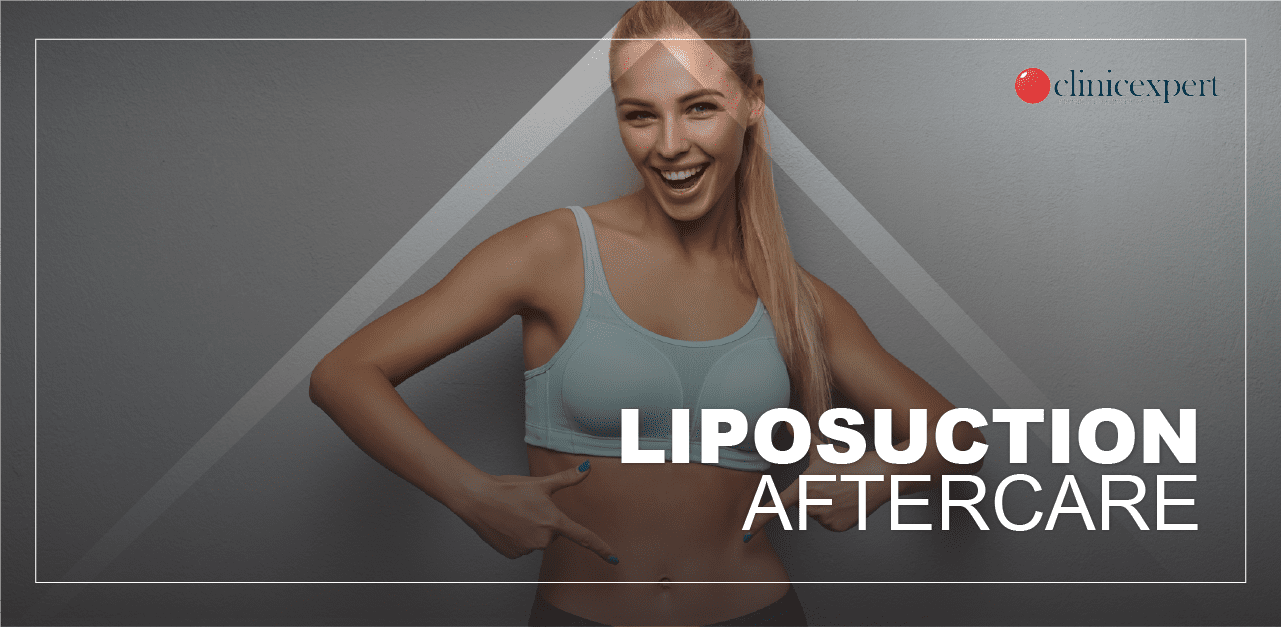How to Prepare for Liposuction Aftercare
Preparing for liposuction aftercare is crucial for ensuring a smooth recovery and achieving optimal results. Before undergoing liposuction surgery, it’s important to understand that the recovery process may vary depending on the specific area treated. This article aims to provide you with essential guidance on how to prepare for liposuction aftercare and addresses some commonly asked questions. By following these recommendations, you can enhance the effectiveness of your liposuction procedure and make the most of your body sculpting journey
Prior to your liposuction procedure, it’s essential to have open and honest communication with your plastic surgeon. Consultation sessions are the perfect opportunity to discuss your expectations, desired outcomes, and any concerns you may have about the aftercare process.
Additionally, it’s important to make necessary arrangements before your surgery. Plan for someone to assist you during the initial days of recovery, as you may require help with daily activities. By addressing these preparations in advance, you can alleviate stress and focus on a successful liposuction aftercare journey.
Proper Wound Care and Dressing for Liposuction Patients
After your liposuction procedure, your doctor will take steps to ensure proper wound care. The treated area will be carefully wrapped with a bandage, and you will be provided with a compression garment. This garment plays a vital role in helping your skin adjust to its new contour by applying even pressure across the treated area. It not only aids in reducing swelling, but also minimizes the risk of complications such as bleeding, bruising, and prominent scarring.
In some cases, small drains may be placed at the surgical sites to prevent fluid build-up. Your surgeon will inform you on how to care for these drains and how long they should remain in place. Additionally, you will learn how to perform post-operative wound care. Post-operative wound care includes brief instructions on dressing changes to promote proper healing.
Managing Discomfort
The initial week following liposuction can be the most challenging phase of the recovery process. During the first few days, it is common to experience moderate pain and soreness in the treated area. However, your surgeon will prescribe pain medication to help alleviate this discomfort. So it is important to adhere to the medication schedule provided. After the initial period of rest and managing moderate pain, you will likely begin to notice a substantial reduction in pain and soreness within the following week or two as your body continues to heal.
Here are a few additional tips for managing pain during liposuction aftercare:
- Use cold compresses: Applying cold compresses to the treated area can help reduce swelling and provide temporary relief from pain. Use ice packs or frozen gel packs in a cloth and apply them gently to the affected area for short periods, following your surgeon’s recommendations.
- Elevate the treated area: Elevating the treated area can help reduce swelling and alleviate pain. Prop up pillows or cushions to raise the affected body part above heart level while resting or sleeping.
- Wear the compression garment as instructed: Wearing the compression garment consistently and as advised by your surgeon can help minimize pain and discomfort by providing support and reducing swelling.
- Avoid strenuous activities: Engaging in strenuous activities or lifting heavy objects can exacerbate pain and prolong the healing process.
- Practice gentle movement and stretching: While strenuous activities should be avoided, gentle movement and light stretching can help improve circulation and alleviate muscle stiffness.
Exercise Guidelines for a Safe and Effective Liposuction Aftercare
Engaging in appropriate exercise and physical activity after liposuction is an important aspect of the recovery process. However, it’s crucial to start gradually and follow your surgeon’s recommendations. In the initial days following your procedure, focus on gentle movements and light activities. It will encourage blood circulation and prevent stiffness. Short walks or gentle stretching exercises can be beneficial during this early phase. As your recovery progresses and with your surgeon’s approval, you can gradually increase the intensity and duration of your exercise routine. Incorporating aerobic exercises, such as swimming or cycling, can help enhance cardiovascular fitness and aid in maintaining your body’s overall health.
It’s important to listen to your body and avoid any exercises that cause pain, discomfort, or excessive swelling. Additionally, continue wearing your compression garment during exercise to provide support and minimize swelling. Consulting with a physical therapist or an experienced fitness professional can also provide valuable guidance and ensure you’re engaging in appropriate exercises tailored to your specific needs and recovery stage.
After liposuction, certain irregularities may occur on your skin even with proper care. To prevent this, at ClinicExpert Hospital, we prefer the Vaser liposuction method over traditional liposuction. In addition to Vaser Liposuction, we also offer the J-Plasma treatment to help patients achieve a completely smooth skin texture. For detailed information on this, feel free to contact our health consultants via WhatsApp.

